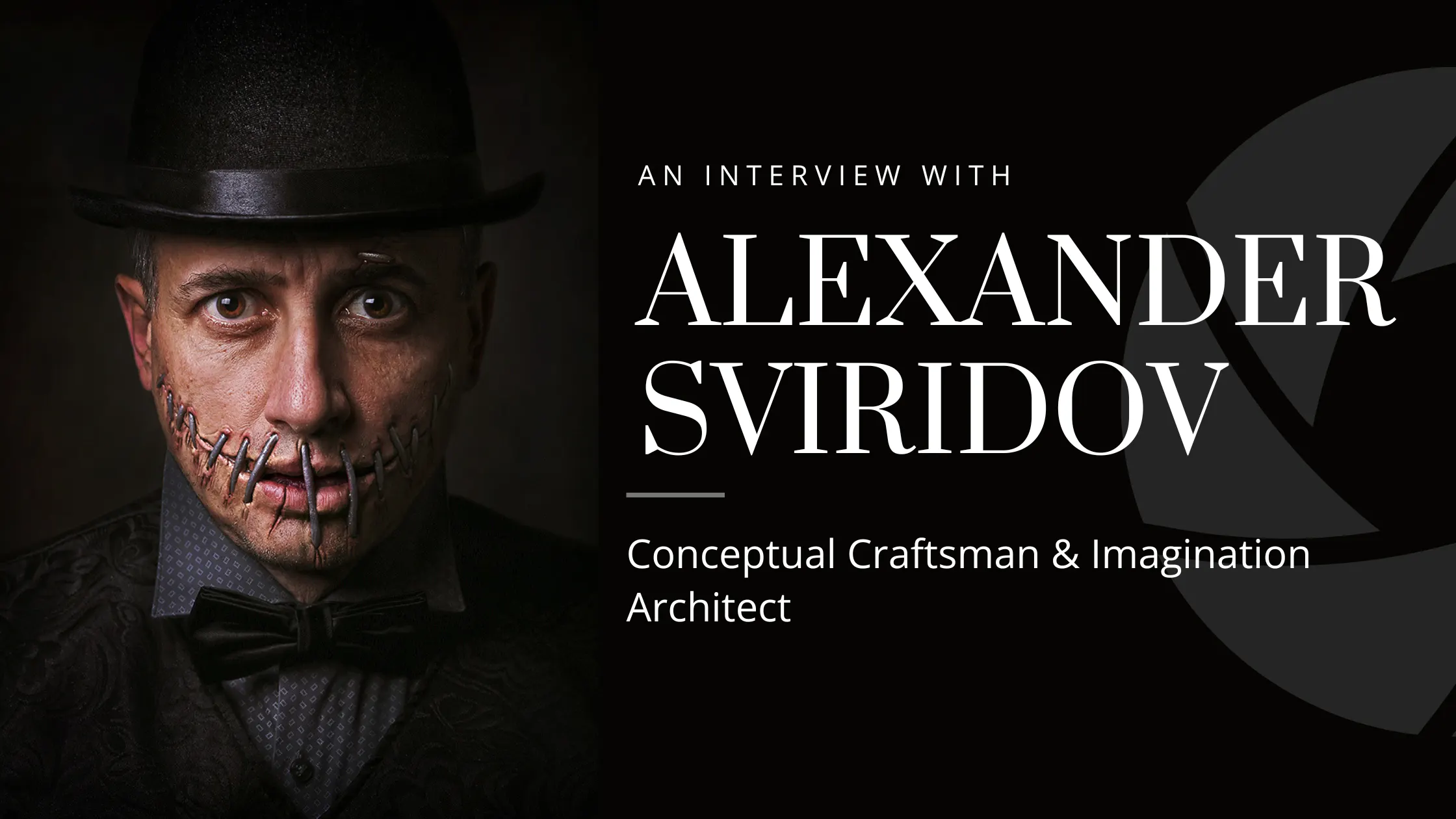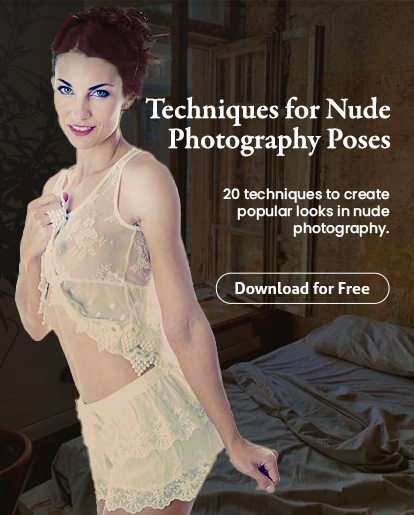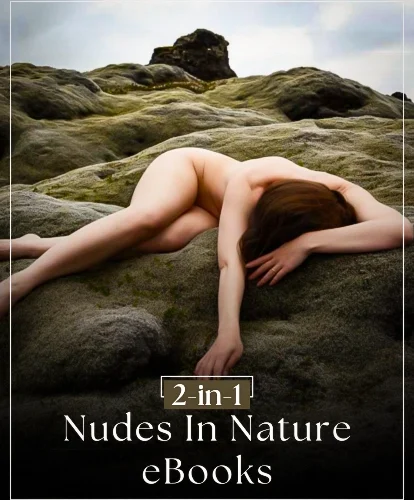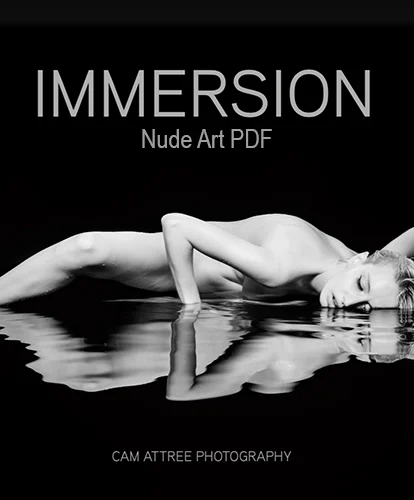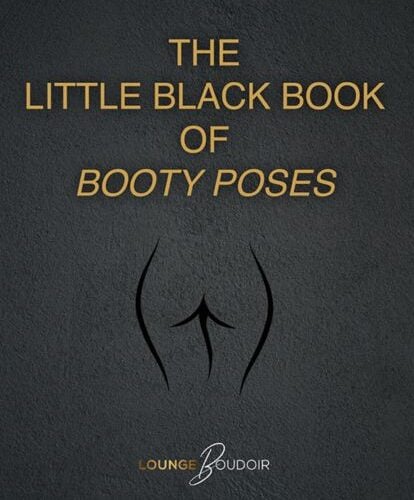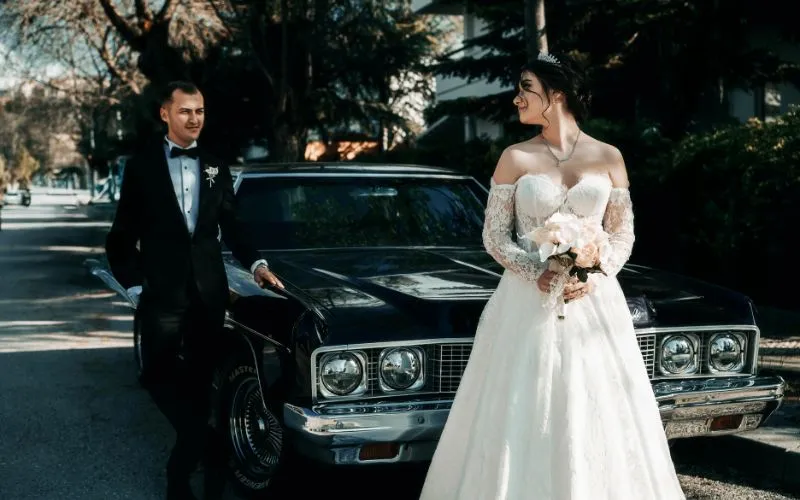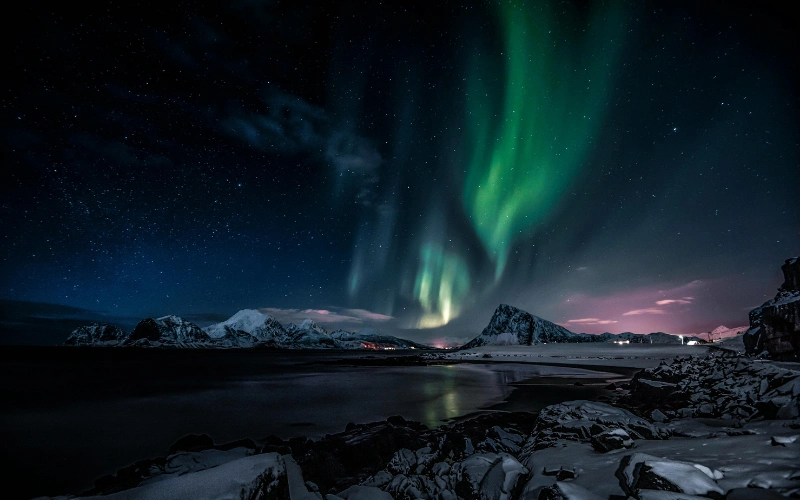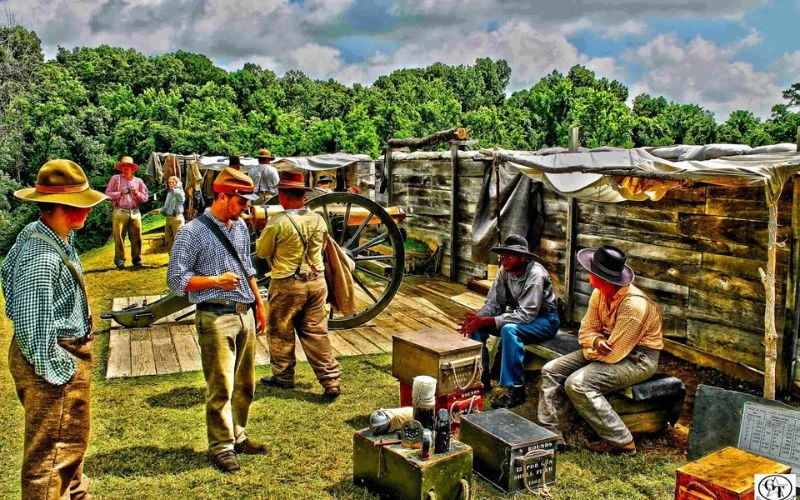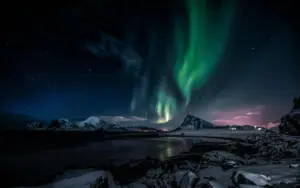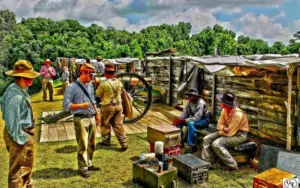Canadian professional nude photographer Alexander Sviridov is from Toronto. His images are well-known worldwide, and he has won numerous international photo competitions, including the IPA, World Photographic Cup, Siena Awards, 35Awards, FAPA, Monochrome Photography Awards, Best Photography Awards, WPE, The Bukovina Millennium, VIPA, and many more.
He initially majored in art design in Russia, as a result, he became passionate about photography. His chosen genre is fine art photography, where he fuses the notions of surrealism with the works of past masters to produce works of photographic art that are indeed masterpieces.
Alexander constantly looks for fresh, original concepts to incorporate into his works of art. Many of his artworks are inspired by and feature his youngest daughter. In this interview, you hear from the man himself how he became a professional nude photographer and kept maintaining it.
Q1. Your work blends classical painting techniques with surrealism. How do you decide which elements to combine in a single piece?
A. Everything depends on the idea, I try to express the core message or mood. The main goal is to enhance the overall impact and work all pieces together as a unified whole.
Gain more knowledge about various photography genres in these insightful photography interviews.
Q2. Can you walk us through your typical workflow—from concept to final image?
A. I always carry a notebook and pencil with me. Whenever an interesting idea comes, I quickly sketch it so I don’t forget. Then I photograph models precisely according to the sketch. Over the past 15 years, I’ve built a large collection of photos that I often use for backgrounds. If needed, I create props myself from papier-mâché and wood to bring my ideas to life.
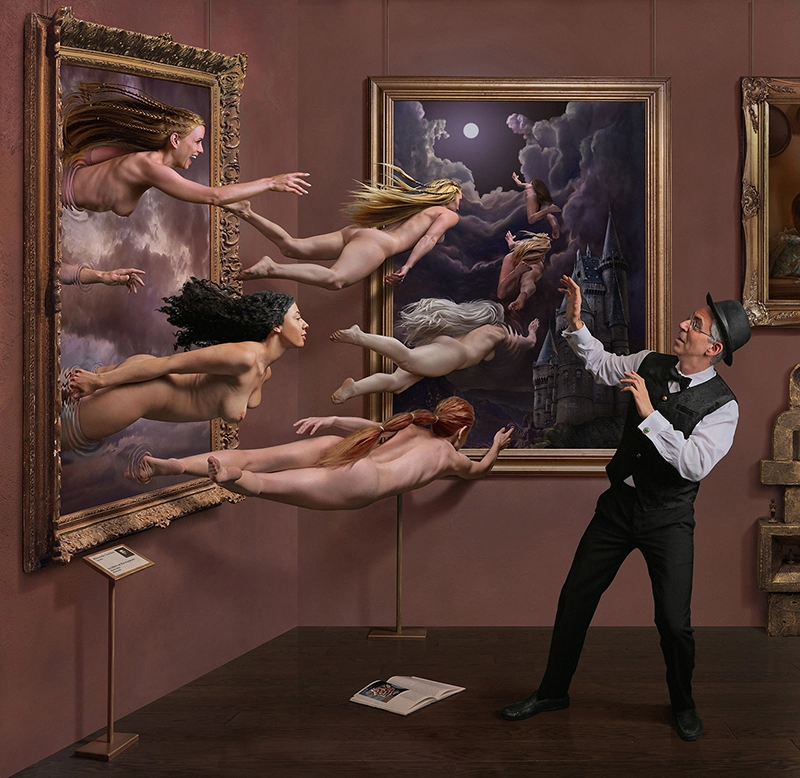
Q3. How do you balance the technical aspects of photography with the emotional storytelling in your images?
A. Even while sketching, I visualize how I will shoot, including the technical settings and lighting I’ll use. I plan everything in advance to match the mood of the idea. When working with models, I explain the story and what emotions I expect from them, so they become part of the narrative.
Q4. You often incorporate elements of horror into your work. How do you approach blending these themes with fine art?
A. It all happens naturally — I just create what I enjoy and feel connected to. I love horror movies, and holidays like Halloween often inspire specific themes in my work. These ideas come to me organically, and then I try to present them in an artistic and visually refined way.
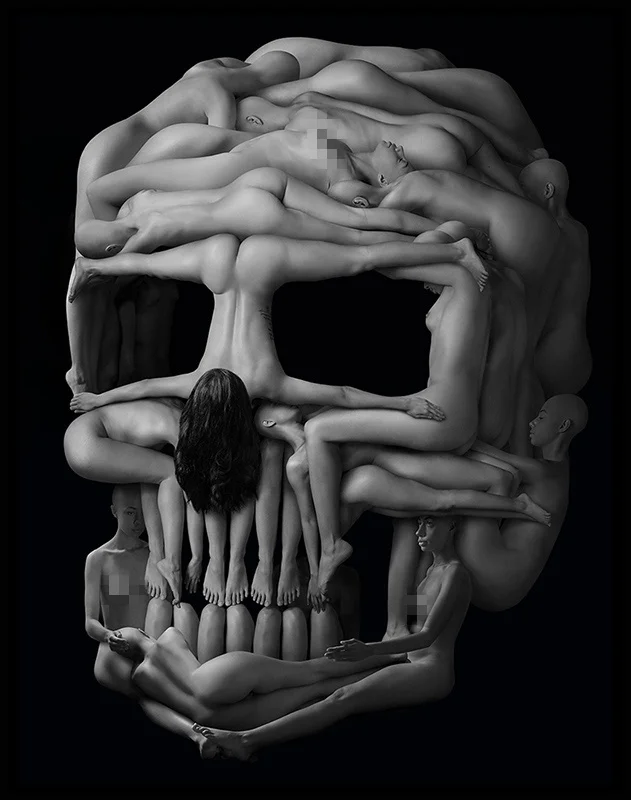
Q5. Your daughter Iris is a recurring subject in your photography. How does her presence influence the mood and narrative of your pieces?
A. Thanks to my daughter, I began exploring photo art when she was just three years old. She’s very photogenic and easy to work with, and it’s a big advantage to have a model always nearby. Before that, I was painting on quite good level. Her presence has had a strong influence on my artistic journey, adding warmth, sincerity, and a personal story to many of my works.
Q6. What challenges do you face when transforming a photograph into a painting-like image, and how do you overcome them?
A. Since I have a background in painting, my goal is to make the final image look as if it were painted. Using photography and Photoshop allows me to achieve this much faster than with traditional paint. I’m also a professional graphic designer with many years of experience in Photoshop, which greatly supports my photo art.
The biggest challenge is bringing to life things that exist only in my imagination. To overcome this, I often build my own props—like stage sets in theater—to create the right atmosphere and realistic foundation for the image.
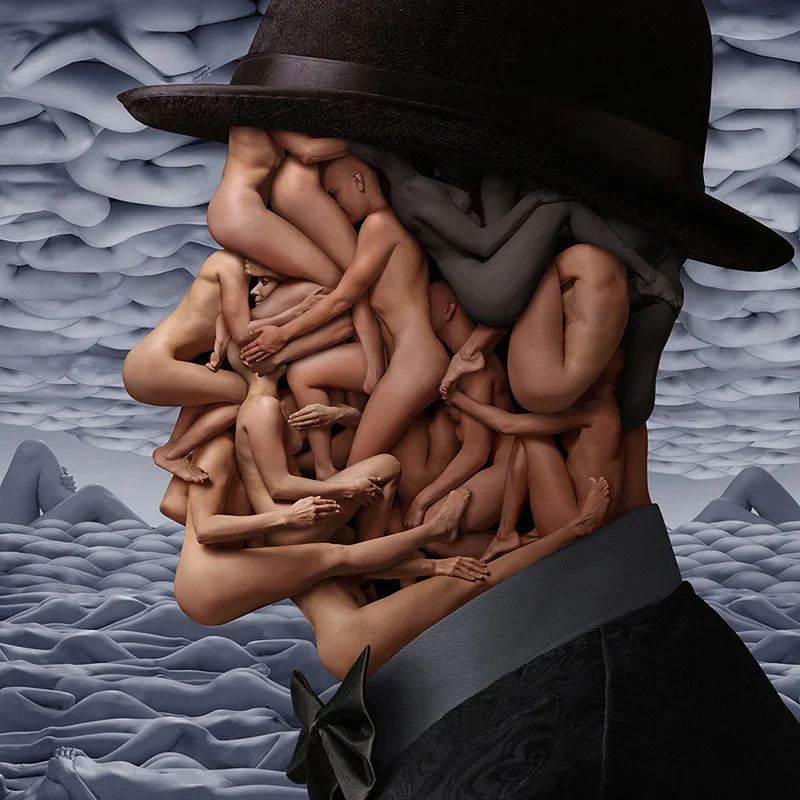
Q7. How do you ensure that each piece remains unique while maintaining a consistent artistic style?
A. I believe that as long as I don’t copy anyone and create my own concepts, the result will always be one-of-a-kind art. When I do photo manipulations, I put in my own ideas, style, and vision. That’s why the final image is always 100% unique and clearly reflects my artistic style.
Q8. Your work has been recognized in various international competitions. How do these accolades influence your creative direction?
A. Yes, in recent years I’ve won many prestigious international photo competitions, such as IPA, Siena Awards, 35 Awards, Fine Art Photography Awards, Monochrome Photography Awards, Best Photography Awards, World Photographic Cup, WPE, and many more. These accolades have helped me understand what top contests are looking for — the themes, mood, and style they value. Naturally, I create works that fit specific competition topics, but I always stay true to my personal vision and artistic style.

Q9. What advice would you give to photographers looking to develop their own distinctive style?
A. Be yourself and try to discover who you are as an artist. Learn to see the world through your own lens and shape what you capture to fit your personal style. Most importantly, photography should bring you joy. Keep growing in different directions, never settle, and always move forward. And one of the most important things — never copy other photographers. Focus on finding your own voice and artistic vision.
Q10. Beyond visual art, are there other forms of art or life experiences that inspire your work?
A. Anything can be a source of inspiration — music, sculpture, cinema. For me, painting is especially important since I’m an artist myself and draw a lot of ideas from both classical and contemporary paintings.
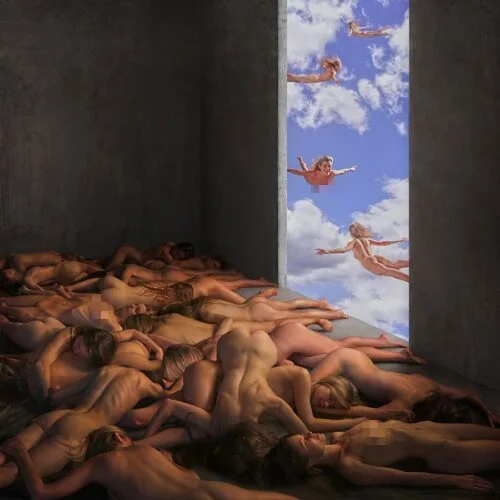
Q11. How do you stay motivated and continue to find fresh ideas for your projects?
A. It’s very hard to find new and interesting ideas. Sometimes they come naturally, when the muse visits me. Other times, there are dry spells when nothing comes to mind. In those moments, I revisit old ideas and trying to improve them. You shouldn’t force yourself to create — magic doesn’t happen under pressure. Rest is essential to recharge and then overcome new creative challenges.
Q12. Are there any contemporary photographers whose work you admire or draw inspiration from?
A. I’m mainly inspired by painters. I draw ideas from both classical and modern painting because that aesthetic and approach resonate more with me.
Q13. What qualities do you look for in a model when planning a shoot?
A. The most important thing is that the model fits the concept I have in mind. Sometimes it’s hard to find the perfect model, and that’s when Photoshop helps me — I can alter and adjust the model’s image to achieve the desired result.

Q14. How do you establish trust and comfort with your models, especially when working with nude photography?
I’ve been doing nude photography for about 10 years. Usually, I work with models I already know — we trust each other and have a well-established team. When there’s a new model, I focus on creating a friendly and relaxed environment, playing pleasant music in the background to help her feel comfortable and safe.
Q15. Can you share a memorable experience from a collaboration that had a significant impact on your work?
I don’t have any particularly memorable collaboration experiences. We always work strictly according to my sketches and plans.
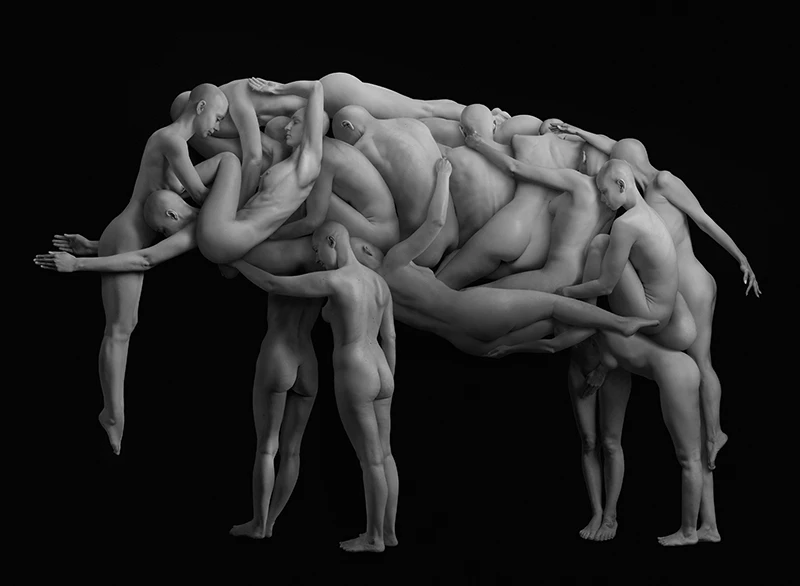
Q16. Do you have any hobbies or interests that help you unwind and recharge creatively?
Yes, I have hobbies that help me relax and recharge creatively, sculpture, gardening, and interior design.
Q17. If you could travel anywhere in the world for inspiration, where would you go and why?
I love to travel and take photos while traveling. I photograph everything: the sky, nature, city streets, and more. I need these images for my personal photo library, so I can use them in my photo art.
Q18. Which product of PhotoWhoa would you like to suggest to the audience that can help them improve their photography style?
I checked your website and found numerous photography classes in various genres, taught by renowned photographers. It’s a wonderful opportunity to learn from professionals and improve your skills.
Check out these best masterclasses on PhotoWhoa.
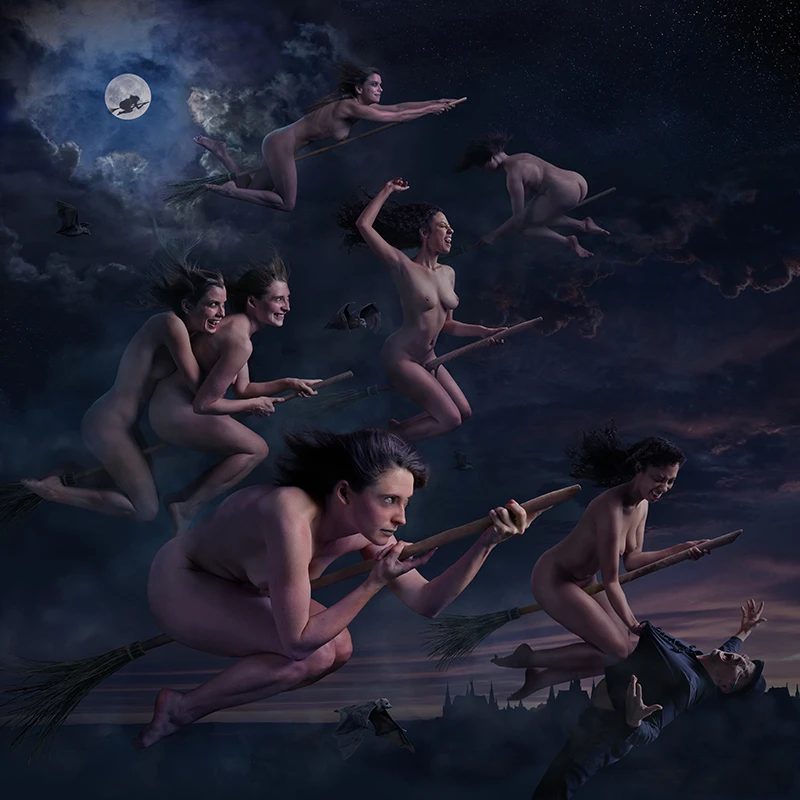
Thank you, Alexander! You indeed are a bank of creativity, as showcased in your work. Many budding and professional nude photographers, and we are glad to experience your successful projects.
Don’t forget to check out more work by Alexandar here!
